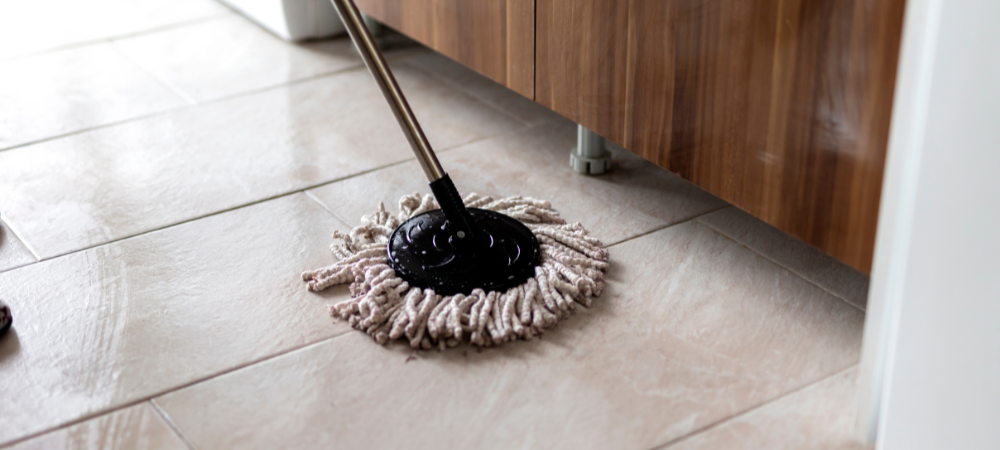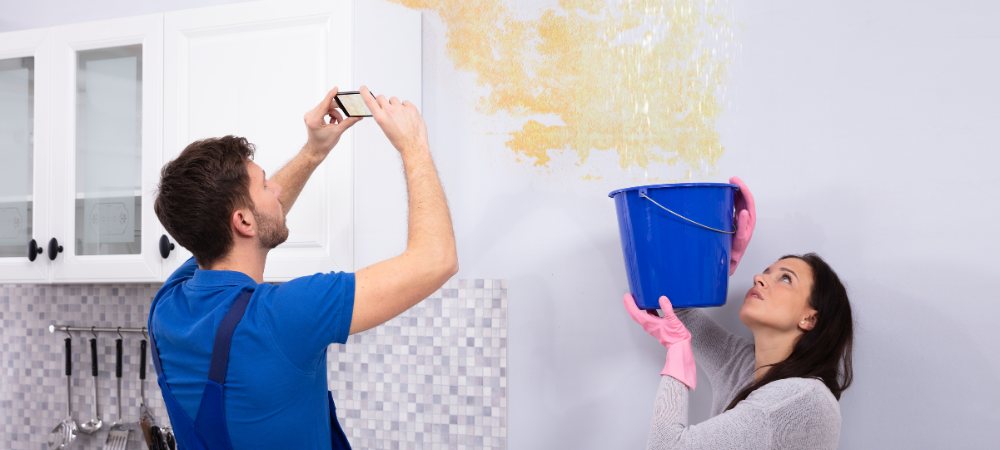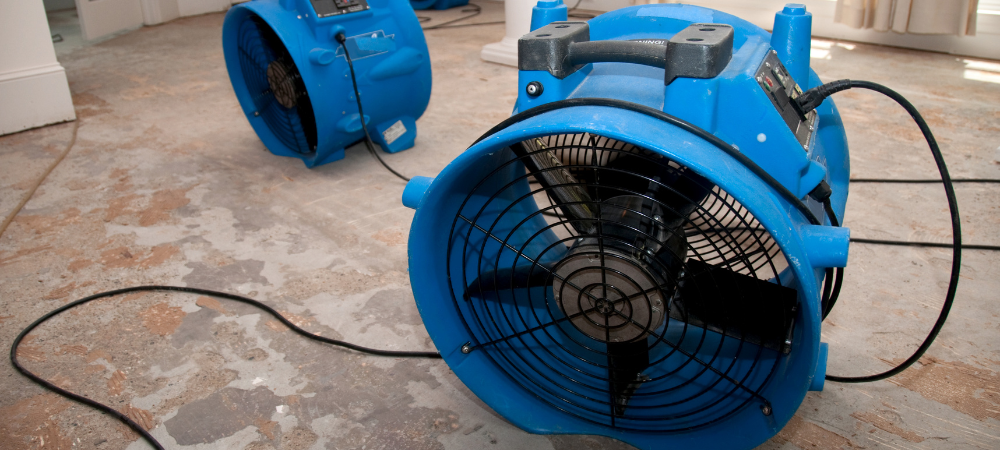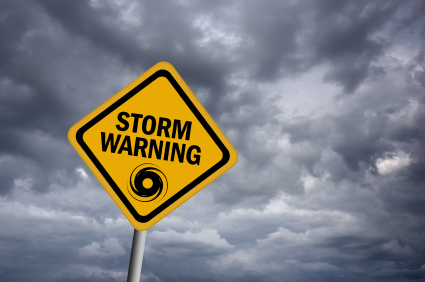Affordable Ways to Restore Water Damage
Water damage is a tough situation for home and business owners to avoid because the damage can occur in so many different ways. Mother Nature may cause destruction to your home or business through heavy rain or flooding. Sometimes, your property experiences internal issues, such as pipe leaks or bursts, that can lead to widespread water damage.
Regardless of the source, it’s important to get the water damage addressed right away to prevent more issues. The longer water damage goes unresolved, the more time the damage has to become worse. Many common building materials are porous, so they absorb excess water and moisture and will continue to do so. Additionally, within 24 hours of the initial damage, mold growth can occur in response to the water damage. Knowing this, it’s in everyone’s best interest for water damage to be fixed immediately.
However, water damage cleanup and restoration work can be costly. In some cases, though, you may be able to minimize water damage repair costs by conducting some work on your own. Learn more about when do-it-yourself water damage repair is practical and what affordable DIY ways there are to go about water damage restoration.

When Is It Practical to Conduct DIY Water Damage Repairs?
The Amount of Damage
A significant factor to consider with do-it-yourself water damage restoration is the extent of the water damage. If the damage is minimal and only a small amount of water is present in your home or building, then, with the proper equipment, you can probably manage the damage on your own. Otherwise, large cases of water damage and excessive amounts of water shouldn’t be handled on your own. The same can be said concerning properties damaged by large floods or other natural disasters. Your property has likely suffered significant damage that is best left to the professionals.
The Water Source
In situations concerning natural disasters, the water involved in the damage might be contaminated by sewage, making it hazardous to you. Such water is referred to as black water because of the hazardous bacteria and organisms it contains. That said, you don’t want to come into contact with it, because you put yourself at risk for health problems. When you already have a water-damaged home or building, you don’t want to also have to worry about your own health. So again, leave it to water damage professionals.
If the source of the water is clean water, then it’s safe to clean up on your own. Gray water is water that might be contaminated slightly, and you can clean this water up on your own as well, but only if you have the necessary safety gear.

How Do You Conduct DIY Water Damage Restoration?
If you decide that you are able and equipped to handle the water damage on your own, then use the following steps to help guide you through the restoration process.
Prioritize Your Safety
Before you begin any work, you need to ensure your and others’ safety. Make sure you’re clothed properly and have the necessary protective gear. Even if you believe the water is clean, it’s always better to be safe and prepare for the worst. You’ll also need to make sure the power is out.
Locate the Source
The key to truly preventing more water damage is to address the source of the water. Otherwise, the source may just end up causing more damage. That said, you’ll first need to address the cause before moving on to the larger water damage problem.
Sometimes, the source will be easy to figure out, such as if it’s from a rainstorm or noticeable leak. Other times, the source will be difficult to discover, so you’ll really have to work to find where the water originated from.
If you notice any mold growth, that can help indicate where the damage came from. However, with mold growth, there are health concerns. Because of this, if you do encounter mold, it’s a good idea to get help from a mold remediation professional. The same can be said if you are unable to locate the water source yourself.
Eliminate Excess Water and Moisture
If there’s any standing water, you need to extract it from your property so that it doesn’t continue to linger and cause damage. Smaller amounts of water can be removed using a wet vacuum. Larger amounts may require a water pump.
If your basement is the area affected by water, then you need to be cautious and remove the water in parts. In such a case, it’s recommended you remove one-third of the water each day. Water extraction decreases the interior pressure. The loss of pressure can result in collapsing walls and buckling floors.
Thoroughly Dry the Affected Area
When there’s no longer excess water, dry out the space by using fans and opening windows. If the damage is on a larger scale, you can rent out a large dehumidifier to dry the area quicker. Because mold only needs moisture and a food source — which is found in most building materials — to grow, you want to eliminate any and all excess moisture as soon as possible.

Remove and Replace the Damaged Drywall
Make sure you have your safety gear and put down a tarp to catch any debris. You can either remove the entire drywall panel or just the damaged portion, which can be done using a keyhole saw or utility knife.
If you only remove part of the drywall, take the necessary measurements and use that to get a replacement drywall piece. It’s better to get a piece that’s a little too big and then trim it. Use a joint compound to attach the replacement piece and add another layer of the compound over it after sanding it down.
Once everything is dry, you can prime, paint, and/or stain it. For extra protection, you can seal it with caulk.
Clean and Disinfect Your Property
For everyone’s safety, you should clean and disinfect anything affected by the water and anything that came into contact with the water. Anything severely damaged should just be discarded and replaced.
What to Do When DIY Water Damage Restoration Isn’t an Option
Sometimes, water damage cannot practically be done on your own and will require a professional’s expertise. Sometimes, people are unwilling or incapable of handling water damage repairs on their own. No matter the reason, if do-it-yourself methods don’t work for you, hire a professional water damage restoration service to work on your home or business.

It’s always recommended that you have a professional conduct water damage cleanup and restoration work, because they have the knowledge and equipment necessary to get the job done in a safe, effective, efficient manner. So, if you can afford professional help, use it. Even though the water damage cost will be higher, it’s better to spend the money to get the job done properly and avoid additional damage that may cost even more. Additionally, by getting professional help, you won’t put yourself at risk of health issues that may arise because of the damage.












